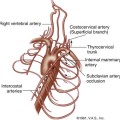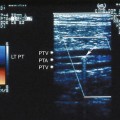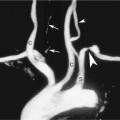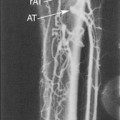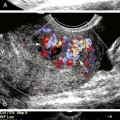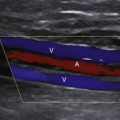37 Accreditation and the Vascular Laboratory
History and Organizational Structure
In 1993 and 1995, several sponsoring organizations were added to provide additional expertise and perspective to the accreditation program. These organizations were the American College of Cardiology, the Joint Section on Cerebrovascular Surgery/American Association of Neurological Surgeons and Congress of Neurological Surgeons, the Society of Interventional Radiology, and the Society of Radiologists in Ultrasound.
